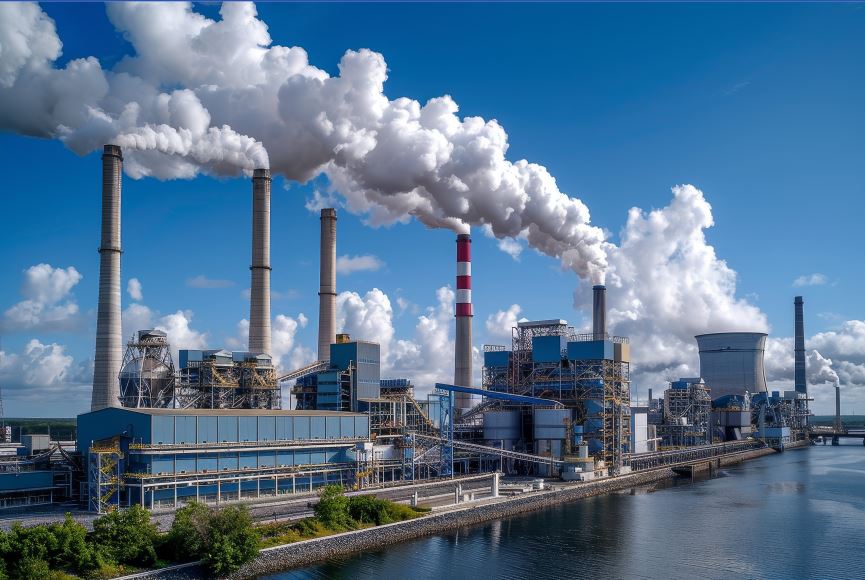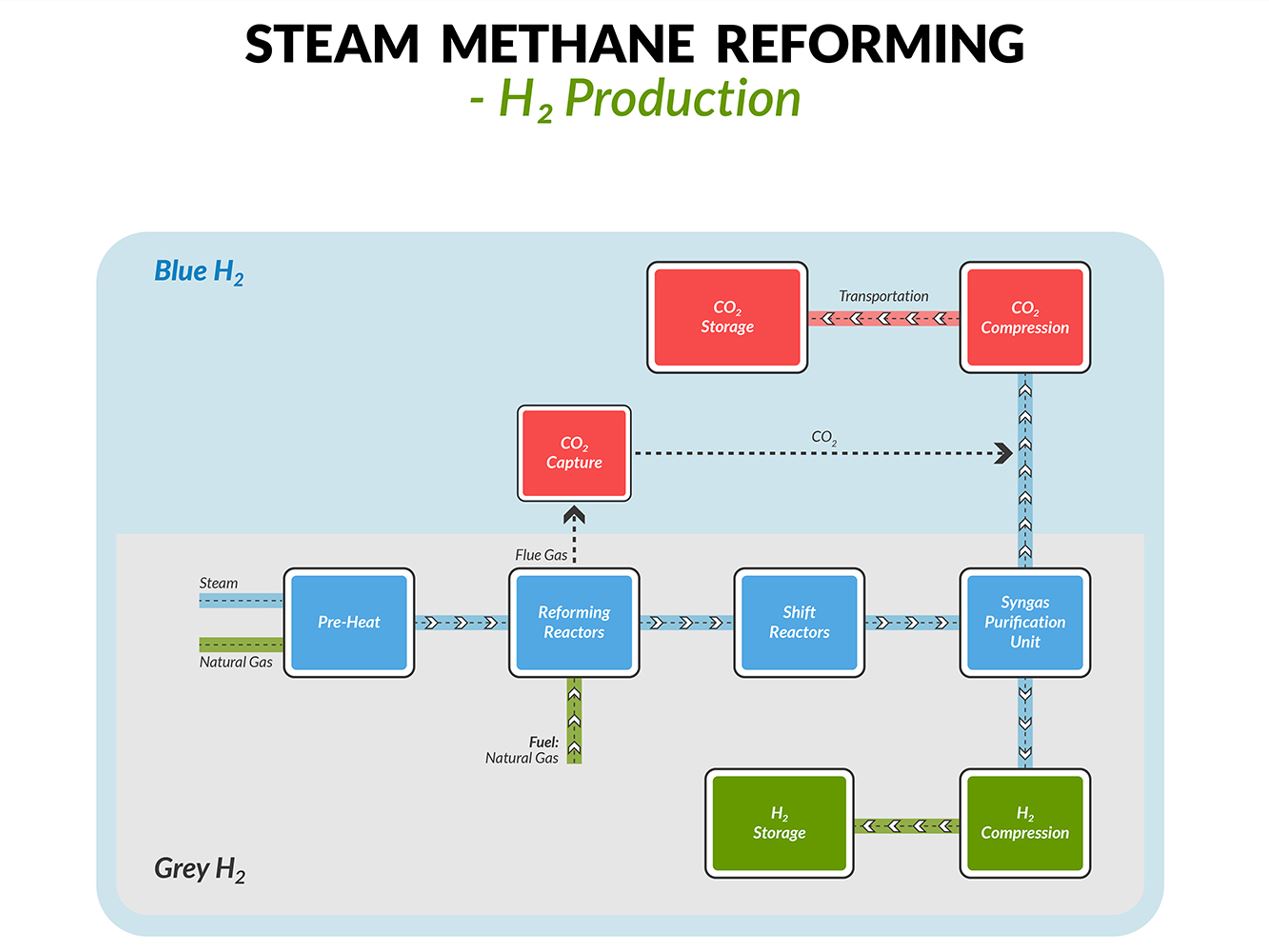
The Importance of Safety in SMR Hydrogen Production
Steam Methane Reforming (SMR) is one of the most widely used methods for hydrogen production. It leverages the reaction between methane and steam to produce hydrogen and carbon monoxide. However, due to the high temperatures, pressures, and the presence of flammable gases, it is critical to monitor the process closely to ensure both safety and operational efficiency.
While SMR is a highly efficient method for producing hydrogen, the process operates under extreme conditions. Methane, a combustible gas, reacts with steam at elevated temperatures, which can present safety risks if not properly controlled. Additionally, hydrogen itself is highly flammable, requiring stringent safety protocols to prevent explosions or leaks.
Maintaining optimal conditions during SMR is crucial not only for safety but also for maximizing hydrogen output and reducing unwanted by-products like carbon monoxide and carbon dioxide.
